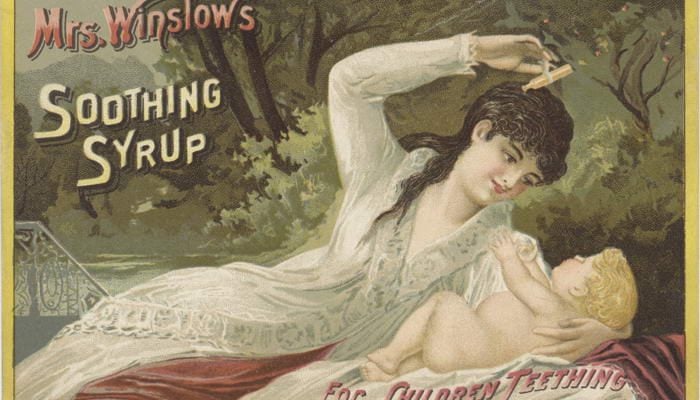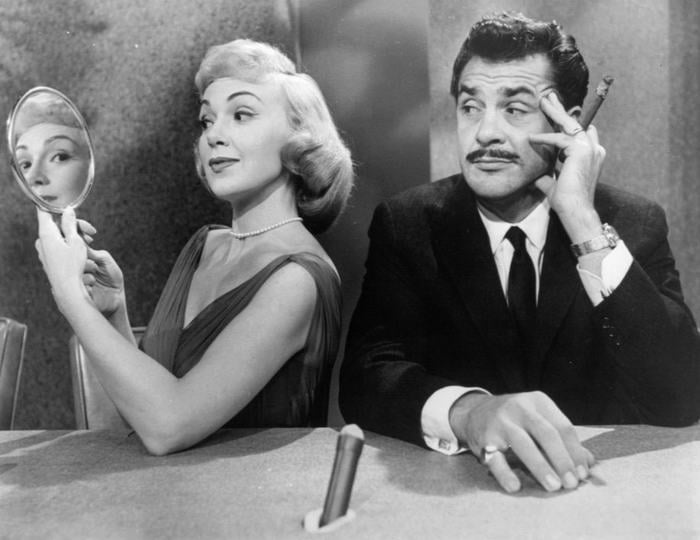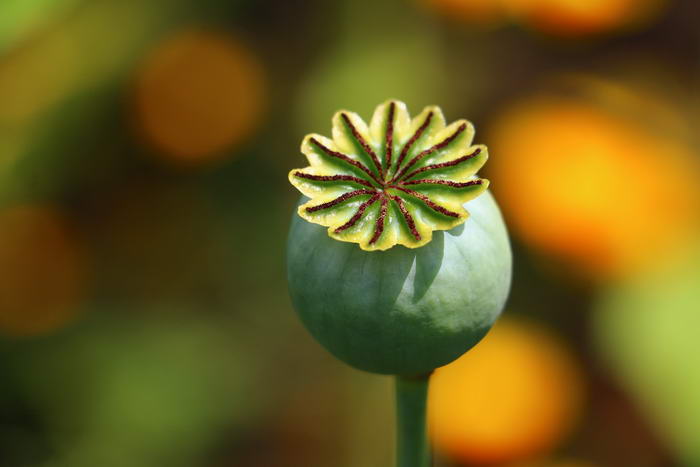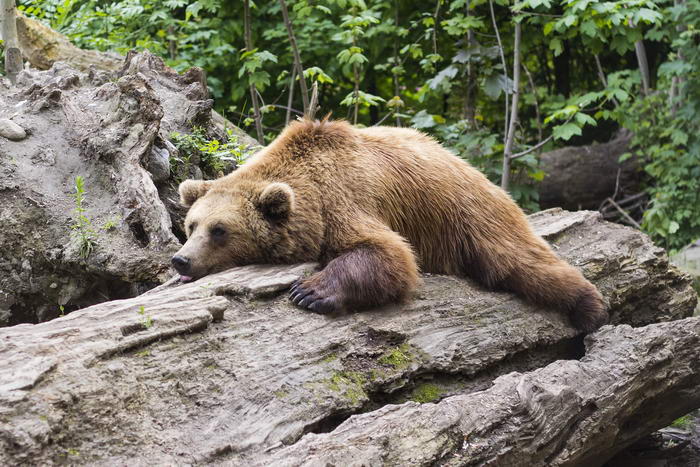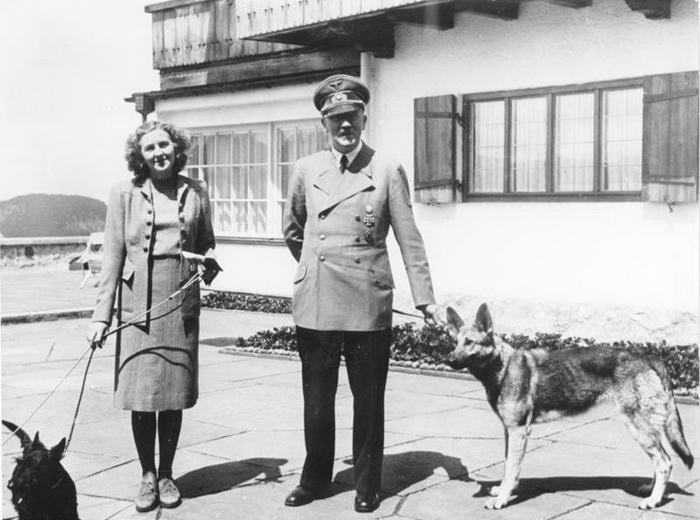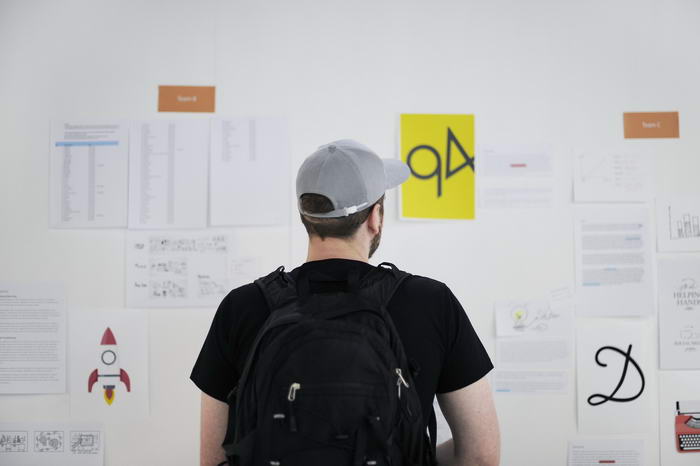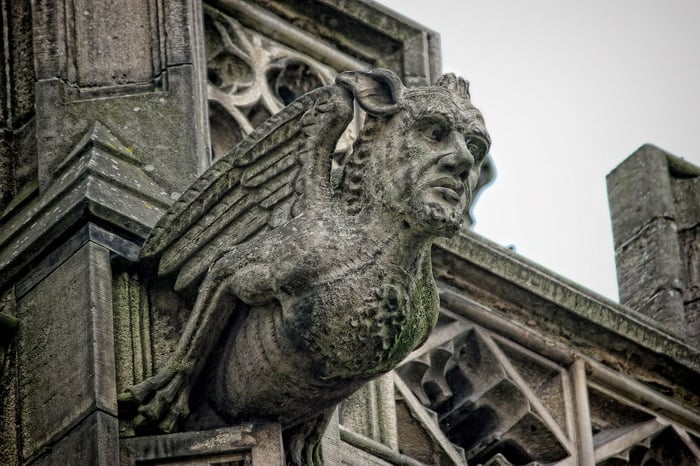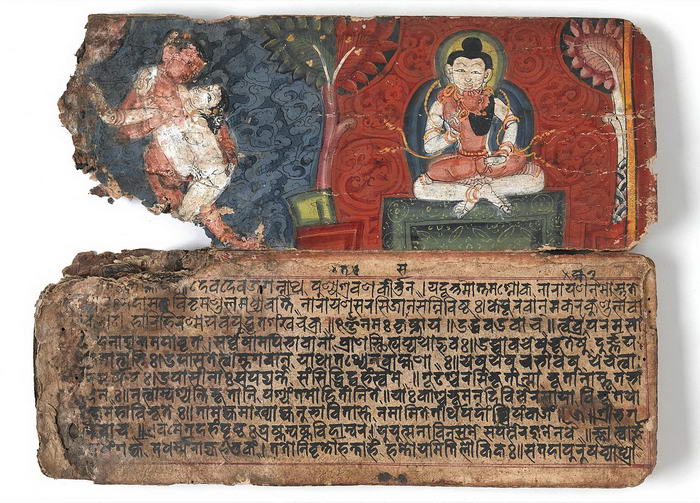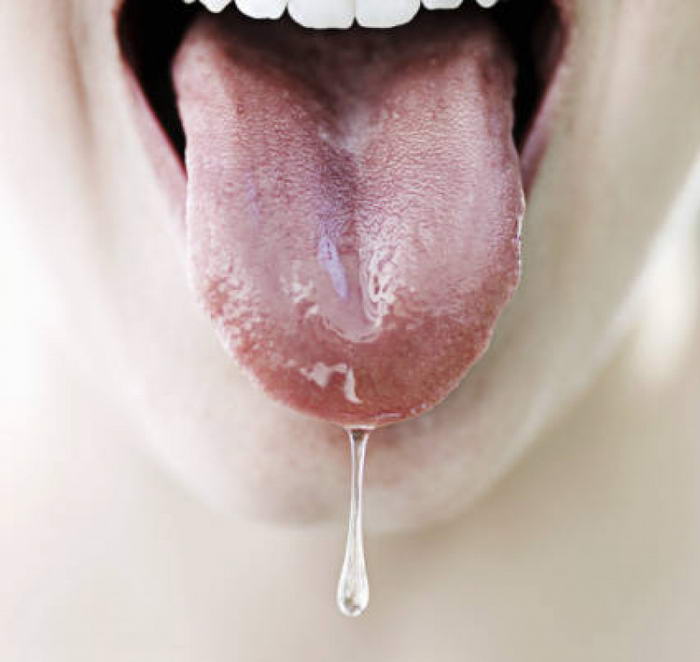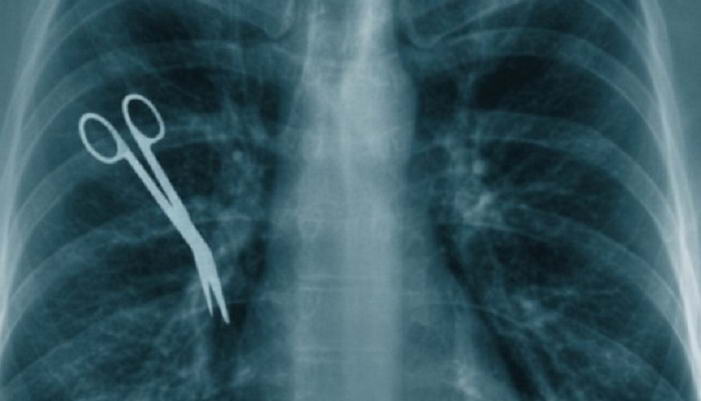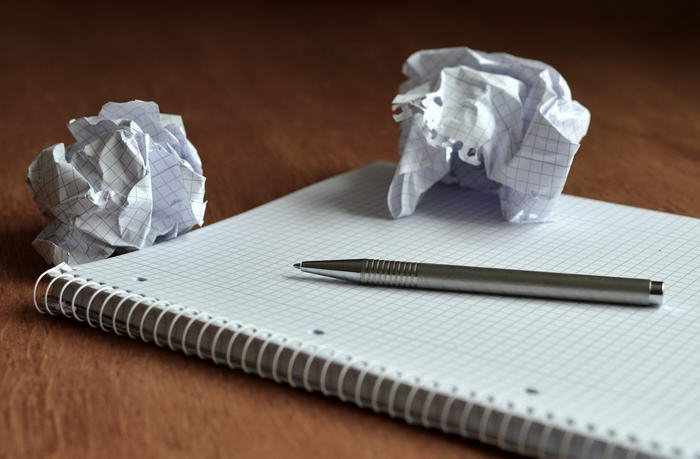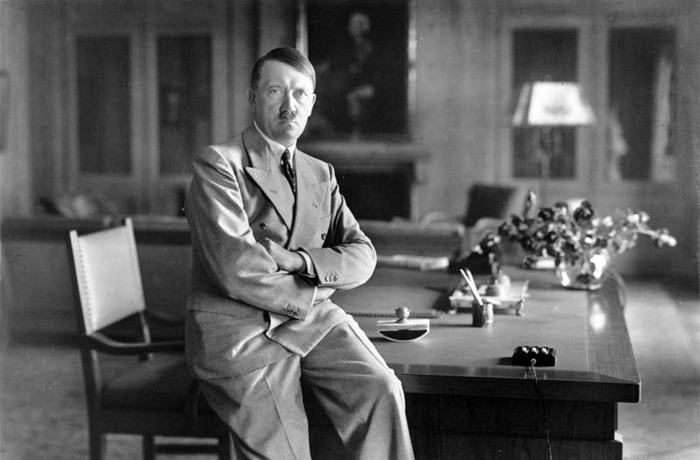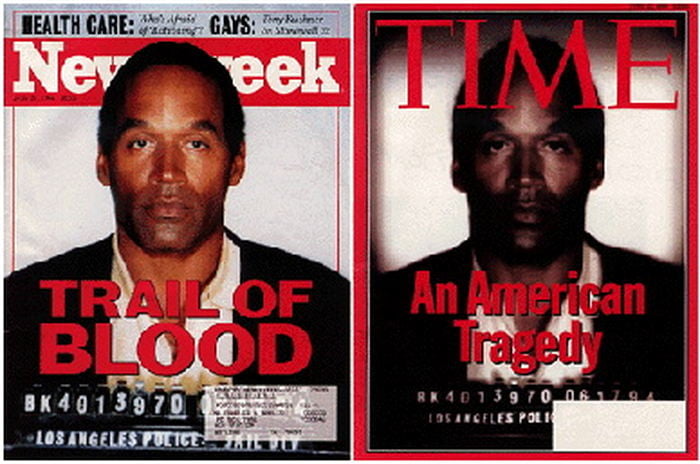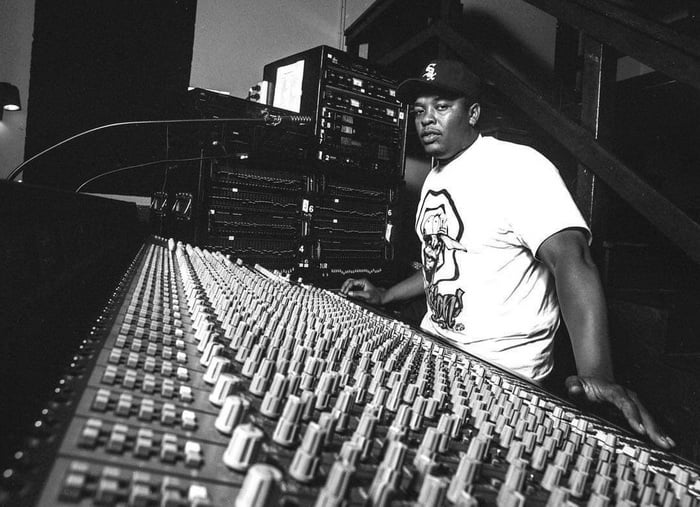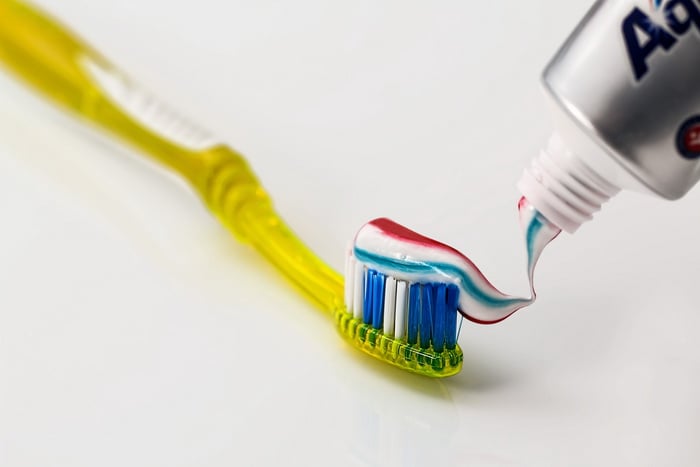Everyone has taken a trip to the doctor’s office. Maybe for a routine check. Maybe to get a diagnosis. They write prescriptions and picked up and that’s just about that. Back in the day, common health practices were not so civilized. Some didn’t make sense, others were disturbing, and some even deadly.
Imagine peeling back the pages of history to uncover the myriad ways our ancestors pursued health and healing. It’s a narrative full with curious concoctions, bizarre practices, and a relentless quest to understand the human body. As we explore historical health practices, it’s clear that what may seem outlandish today was once cutting-edge science or deeply rooted in the cultural fabric of the time. This exploration isn’t just about marveling at the oddities of the past. It’s a journey to appreciate the evolution of medical knowledge and its impact on contemporary health beliefs and practices.
This journey through medical history is more than a collection of trivia. It’s an opportunity to reflect on our current health practices and the future of medicine. How will future generations judge our reliance on pharmaceuticals, our surgical interventions, or our wellness trends? By examining the past, we gain a valuable perspective on our own times and a window into the evolving narrative of human health.
10 – Bloodletting
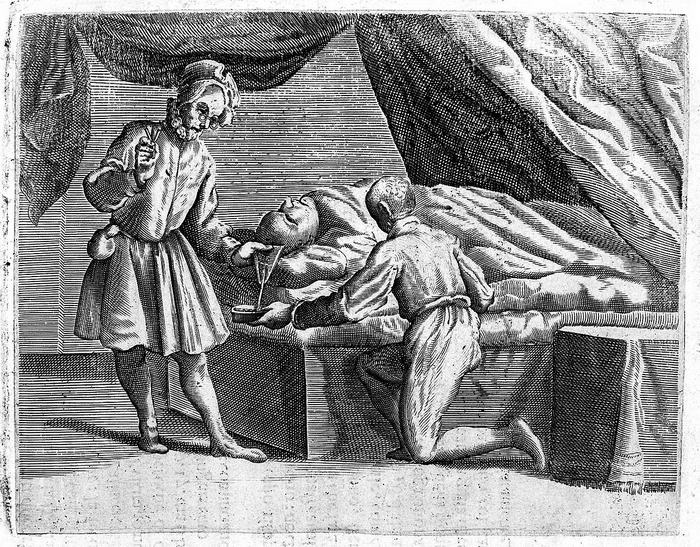
Furthermore, the practice evolved over the centuries, with physicians developing a more nuanced approach to bloodletting, including the selection of specific veins for particular ailments and the timing of the procedure according to astrological signs. This method remained a cornerstone of Western medicine until advances in the 19th and early 20th centuries demonstrated its ineffectiveness and potential harm, leading to its decline.
09 – Tapeworm Diet
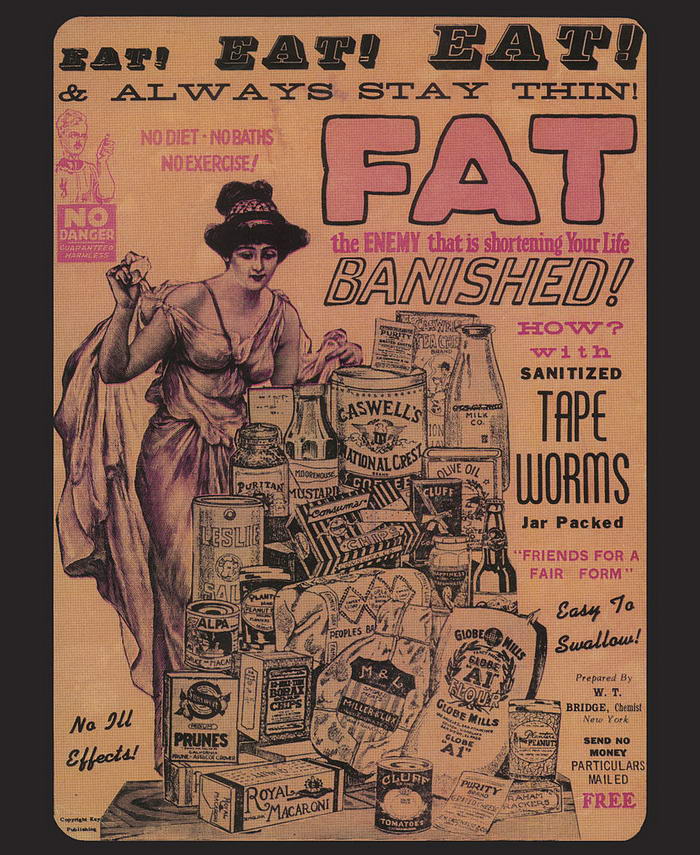
08 – Sheep Liver
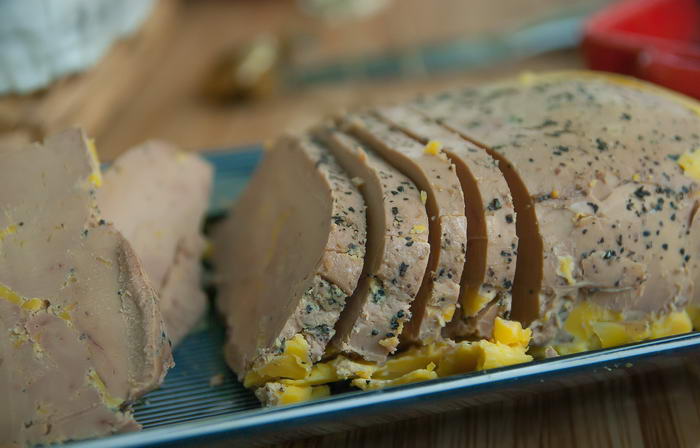
Healthcare providers in Mesopotamia, known as Iraq today, would make medical conclusions not by examining the patient in need but by looking at the liver of a sheep that had been sacrificed. They believed blood sourced from the liver which made liver the source of life to them.
07 – Croc Dung

06 – Mouse Paste
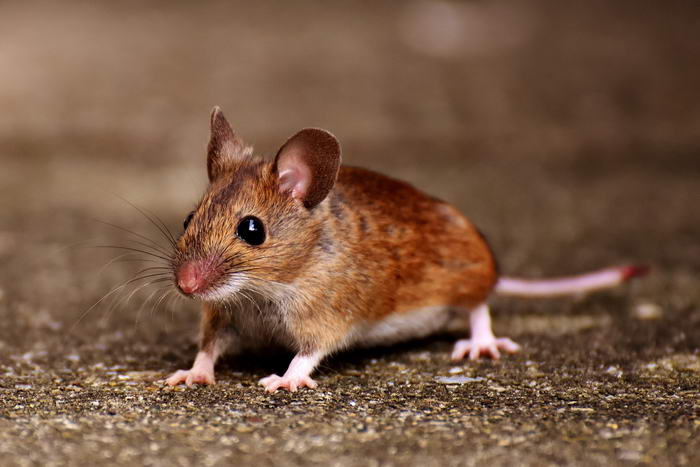
Ancient Egyptians would mash a dead mouse into a paste, sometimes adding other ingredients, to treat toothache pain. Mice were also cut in half during Elizabethan England and applied to warts for treatment. They were also used as a form of treatment for illnesses like measles, smallpox, and whooping cough.
05 – Hemiglossectomy
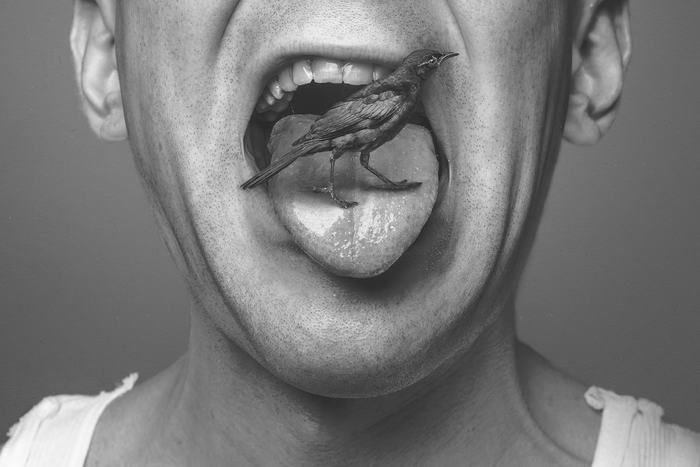
For anyone who has stuttering problem during the 18th and 19th century, they were given a hemiglossectomy; having half of their tongue cut off. Not only was it painful as there was no anesthesia back in the day but it obviously didn’t “cure” them and, sadly, some bled to death.
04 – Arsenic

If you don’t know, arsenic is a poison but traditional Chinese medicine used it as a main ingredient in most medicines; including treating malaria, syphilis, and arthritis. Women in the Victorian era used the poison for cosmetic purposes.
03 – Children’s Soothing Syrups
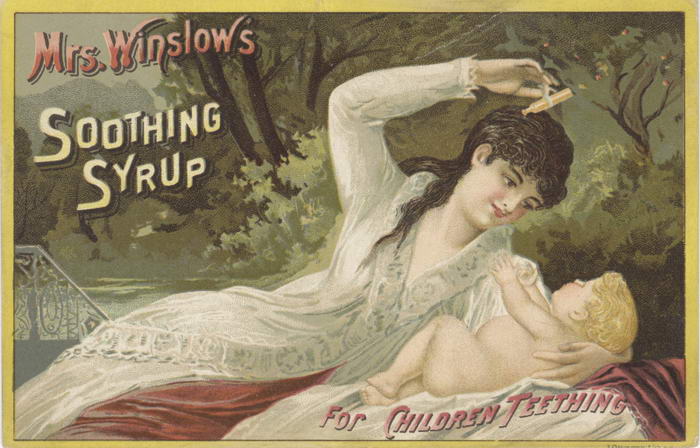
02 – Corpse Medicine
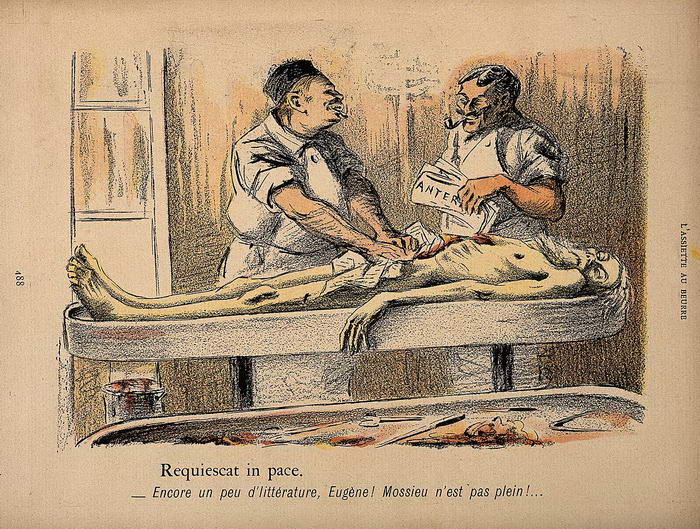
01 – Trepanning
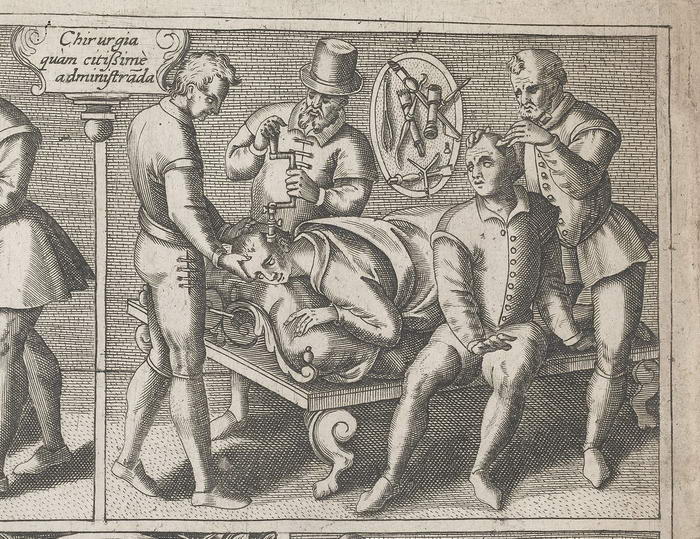
Additionally, evidence of trepanning dates back thousands of years, across various cultures. Each believed in its healing power. Yet, as medical knowledge advanced, trepanning’s use diminished. Today, it stands as a testament to human resilience and the lengths to which our ancestors went to find healing. It’s a vivid reminder of how far we’ve come in understanding the human body and its ailments.
Magic and Superstition in Historical Healing Practices
In the vast annals of human history, the intertwining of medicine, magic, and superstition paints a fascinating picture of our ancestors’ approaches to health and healing. This deep dive into the use of magic and superstitions offers a glimpse into the ancient mindsets and the cultural underpinnings that influenced historical health practices.
The Role of Magic in Healing
Magic, in its many forms, was once considered a potent tool in the healing process. Healers, shamans, and physicians alike would often resort to rituals and incantations, believing in their power to cure ailments and ward off diseases. This belief system spanned across various cultures and civilizations, not just limited to a specific region.
- Incorporation of Spells and Incantations: Many cultures believed that certain words or phrases, when spoken or written in a specific manner, could influence health outcomes. The “Abracadabra” charm, for example, was used as a talisman to reduce fever and cure malaria.
- Rituals and Ceremonies: Rituals, often elaborate and carefully timed with astrological events, were conducted to appease gods, spirits, or ancestors, seeking their intervention for health and healing.
Superstitions and Their Healing Powers
Superstitions deeply ingrained themselves into the fabric of ancient healthcare, explaining the unexplainable and offering comfort amid uncertainty.
- Amulets and Talismans: Objects believed to carry protective or healing powers were common. People wore amulets to shield themselves from diseases or to promote healing.
- Herbal Remedies and Moon Phases: The collection and preparation of herbs were often governed by lunar cycles, with certain phases deemed more auspicious for harvesting ingredients for medicinal purposes.
Evolution Towards Empirical Medicine
As the sands of time shifted, so too did the reliance on magic and superstition in medicine. Consequently, the Renaissance and subsequent periods witnessed a gradual but undeniable move towards empirical, evidence-based approaches to healing. Despite this evolution, the transition did not erase the human fascination with the mystical. Indeed, even as scientific discoveries began to reshape the medical landscape, the allure of the mystical and the superstitious remained, woven into the very fabric of human curiosity and belief.
- Scientific Discoveries and Medical Advancements: Breakthroughs in anatomy, physiology, and pharmacology began to challenge and replace the need for magical thinking in medicine.
- Cultural Practices and Modern Interpretations: Even today, remnants of ancient superstitions and magical practices can be found in some modern alternative therapies, highlighting the enduring human attraction to the mystical aspects of healing.
Concluding Reflections
Exploring the magic and superstition in historical healing practices reveals much about our ancestors’ quest for wellness and their attempts to understand and control the world around them. The historical practices underscore the importance of considering the psychological and cultural dimensions of healing. This journey through time reminds us of the complex tapestry of beliefs that have shaped human approaches to health and wellness, offering valuable insights into the evolution of medical thought and practice.


